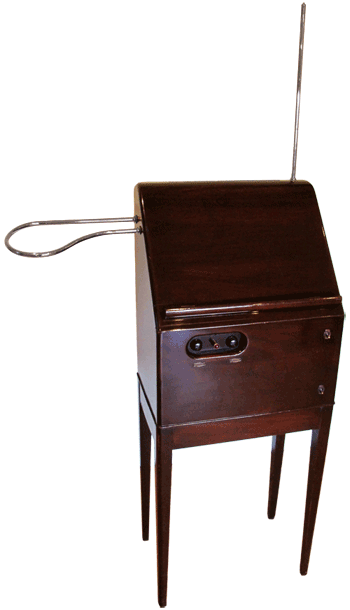CARMINA BURANA – RCA Theremin
This is “IN TRUTINA” from CARMINA BURANA by Carl Orff. The “Carmina Burana” is a collection of poems mostly in medieval Latin written in the 11th 12th and 13th centuries. They were discovered in 1803 in the Benedictine monastery of BENEDIKTBEUERN, in Bavaria. That is why I chose the chapel of the monastery as an appropriate place to play this piece.
The RCA Theremin holds a place in history as the first manufactured electronic musical instrument, and is credited with laying the foundation for all electronic music to come.
Further distinguishing the theremin from the traditional world of mechanical musical instruments (reeds, woodwinds, horns, strings, percussion, etc.), the theremin is the only instrument that is played without the performer ever touching it. To quote period advertising literature from RCA: Simple and graceful movements of the hands produce and control the tone.
The theremin is named for its inventor, Lev Sergeyevich Termen, anglicized as Leon Theremin (born St. Petersburg, Russia, August 1896, died Moscow, November 1993). Theremin demonstrated his first working model of the instrument that bears his name in 1920 as the Etherphone, soon to be known as the Termenvox, or literally, Voice of Termen.
When properly adjusted and voiced, the RCA Theremin has a pitch range of 3.5 to 4 octaves, and a timbre that is somewhat like a cello at the low end and somewhere between violin and voice at the high end.
Quoting Dr. Robert Moog, the creator of the Moog synthesizer,The theremin specifically, and Leon Theremin’s work in general is the biggest, fattest, most important cornerstone of the whole electronic music medium. That’s where it all began.



